Upcoming Graduate Courses - Spring 2026
Click the course titles for full descriptions
courses - Fall 2025
Seminars
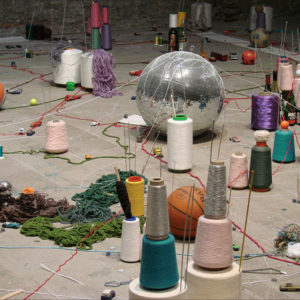
ARH 5806-01 Global Contemporary Art – Dr. Tenley Bick
Tuesdays 1:20-3:50 pm in WJB 2038
Major area: Modernities and Modernisms
What is “global contemporary art”? Often used as a catchall term for art of the present in a global context, meant to include art from around the world and art engaged with global circulation, thinking, and subject positions, the term emerged in acknowledgment of the distinctive connectedness (and rootlessness) of the world in the post-Cold-War digital age and artists’ responses to it. The term (and subfield of art historical study) tends, however, to present contemporary art as a universalist field of global, formal artistic currents that bridge historical constructions of “West” and “non-West.” In so doing, it risks inattention to local histories as well as other world divisions that persist or arose anew after 1989. Examining these tensions, this seminar investigates global contemporary art as a rich field of art historical study and exciting discourse of methodological debate.
Prerequisite: Graduate standing in art history or related field. No auditing.
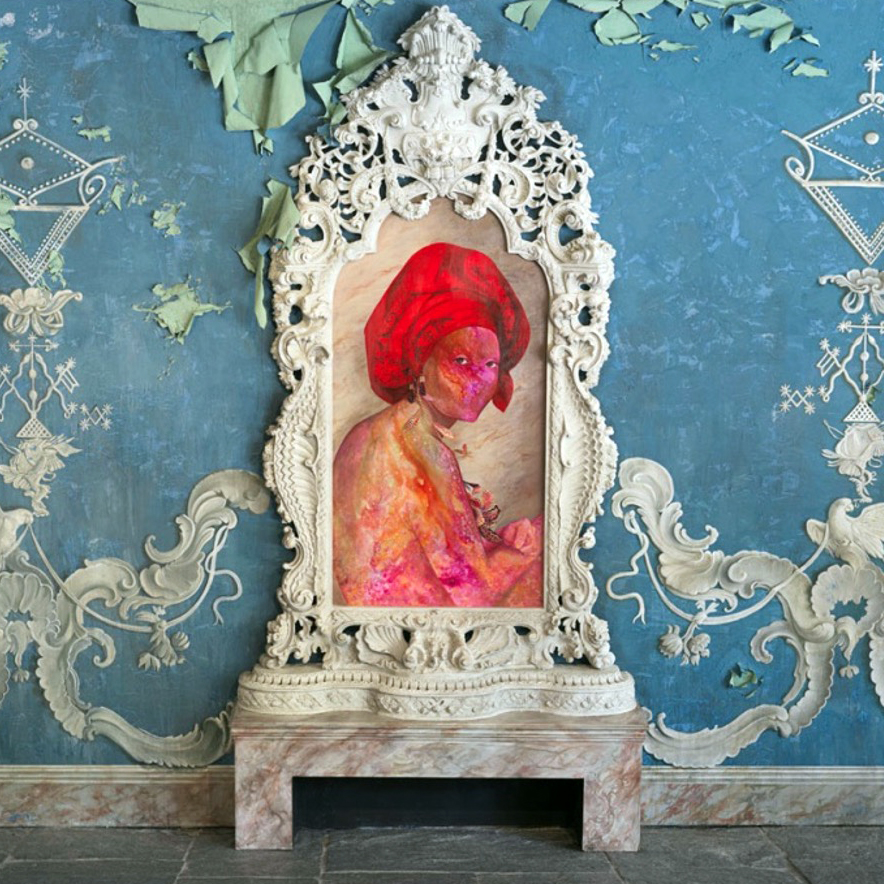
ARH 5806-02 Art, Diaspora, & Curatorial Practice – Dr. Mora Beauchamp-Byrd
Thursdays 1:20-3:50 pm in WJB 2038
This seminar will examine a broad survey of global art, key exhibitions, and curators that have engaged with themes of diaspora, migration, exile, and cultural hybridity. Through lectures, exhibition case studies, group exercises, and written assignments, course participants will consider how concepts of diaspora and migration, including multiculturalism, Black Atlantic theories and other critical dialogues have shaped the production, display, and reception of global contemporary art since the mid-19th century. In particular, this course will consider the role of group survey exhibitions in shaping discourse regarding contemporary, diaspora-themed works, highlighting major shifts in the critical reception of these projects over time.
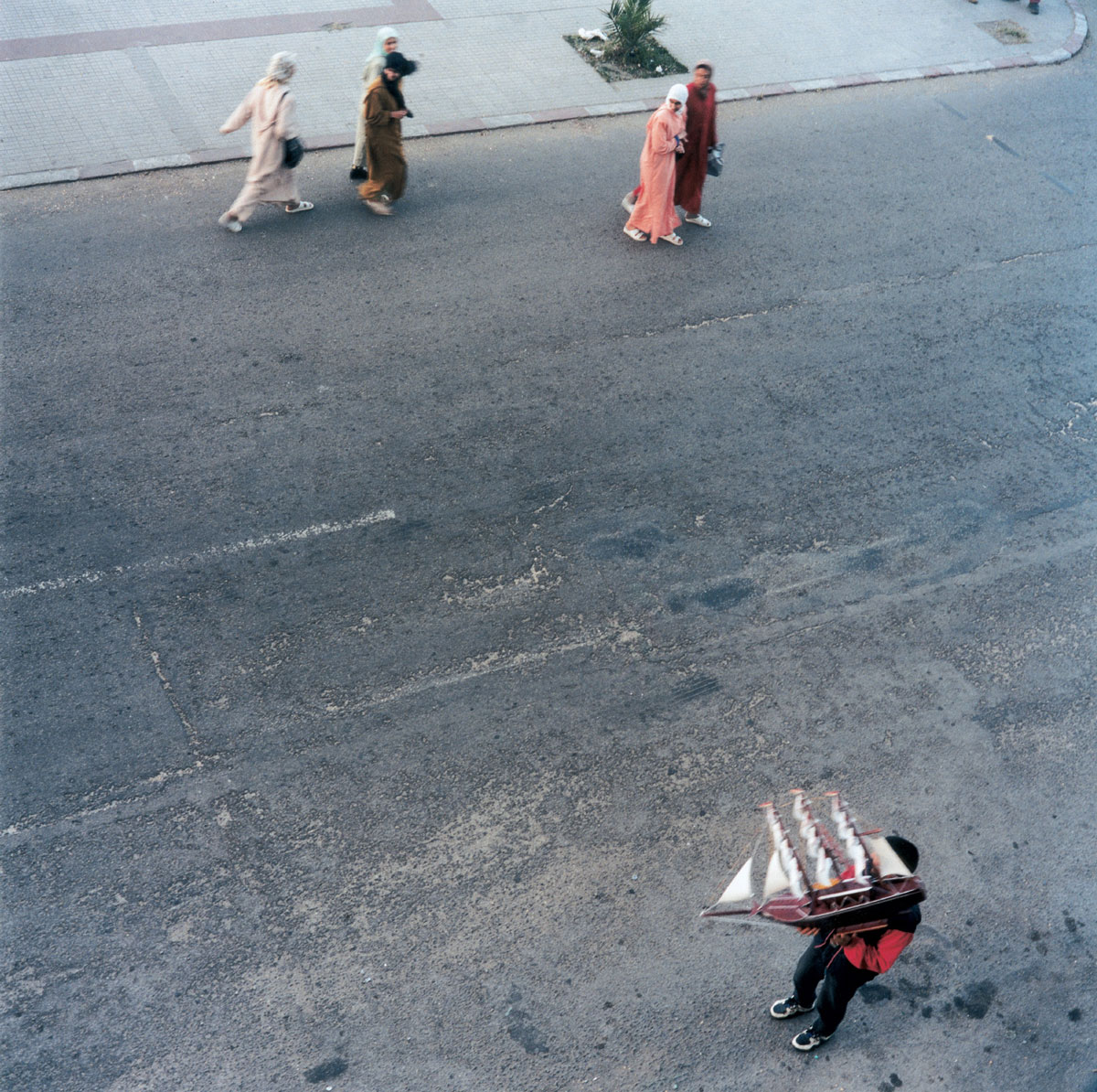
ARH 5806-03 Migratory Modernisms – Dr. Adam Jolles
Mondays 12:00 - 2:30 pm in WJB 2038
Major area: Modernities and Modernisms
From the stateless refugee to the internal exile, the modern era has been marked by the flight of populations seeking relief from persecution, environmental degradation, and economic hardship. This seminar will explore how mass migrations gave shape to modernism, paying close attention to how certain discursive formations emerged in relation to particular itinerant artistic practices.
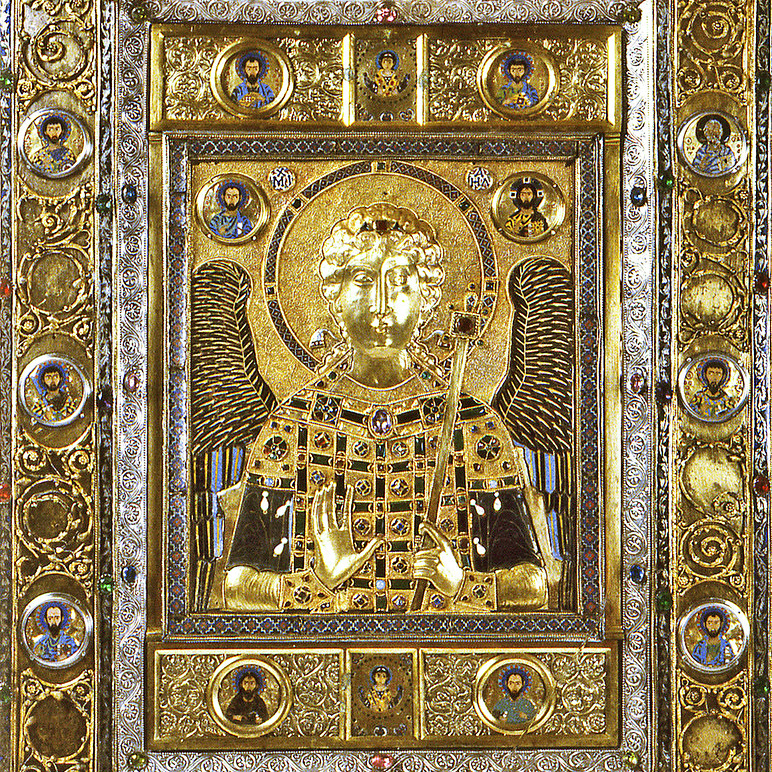
ARH 5806-04 Byzantium: The Empire of Medieval Rome – Dr. Lynn Jones
Wednesdays 5:30 – 8:00 pm on Zoom 100% online, synchronous
Major area: The Post-Ancient and Medieval World
This course offers an in-depth study of the art and architecture of the Eastern Roman Empire, or Byzantium, from the establishment of Constantinople in 330 CE to its fall in 1453. Through a chronological framework, students examine the transformation and continuity of Roman ceremonial, iconographic, and architectural forms within a Christian imperial context. Emphasis is placed on the mechanisms of cultural transmission across religious, geographic, and political boundaries, including the roles of diplomacy, warfare, and commerce in shaping artistic production. Students engage critically with primary sources, historiography, and recent scholarship to analyze the complex interplay between visual culture and imperial ideology in the Byzantine world.
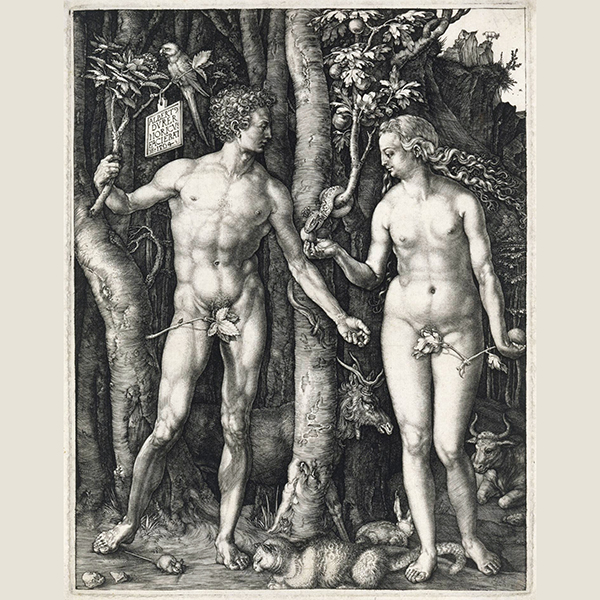
ARH 5806-05 Renaissance Copies – Dr. Stephanie Leitch
Mondays 9:20-11:50 am in WJB G041
Major areas: Modernities and Modernisms
While copying in the artists’ workshop was sanctioned practice, we moderns seem to view the act of copying images with considerable suspicion. In part, we owe the anxiety that developed around copying to the printing press itself. Moveable type and traveling images made copies almost unavoidable; while many publishers realized the advantage of copies for the purpose of standardizing knowledge, this juncture also represents the point at which artists started to lobby for their rights to their images. This course examines the phenomenon of copying in training artists, transmitting information, and pirating designs in the early modern period. If the printing press began to circulate the exactly repeatable statement in such a way that was impossible to suppress copies, this was in some respects merely an extension of earlier devotional practices that depended on the recognizability of saints and sinners to form the church’s canon of personalities. In this course, we will examine the claims, functions, and limitations of the early modern copy.
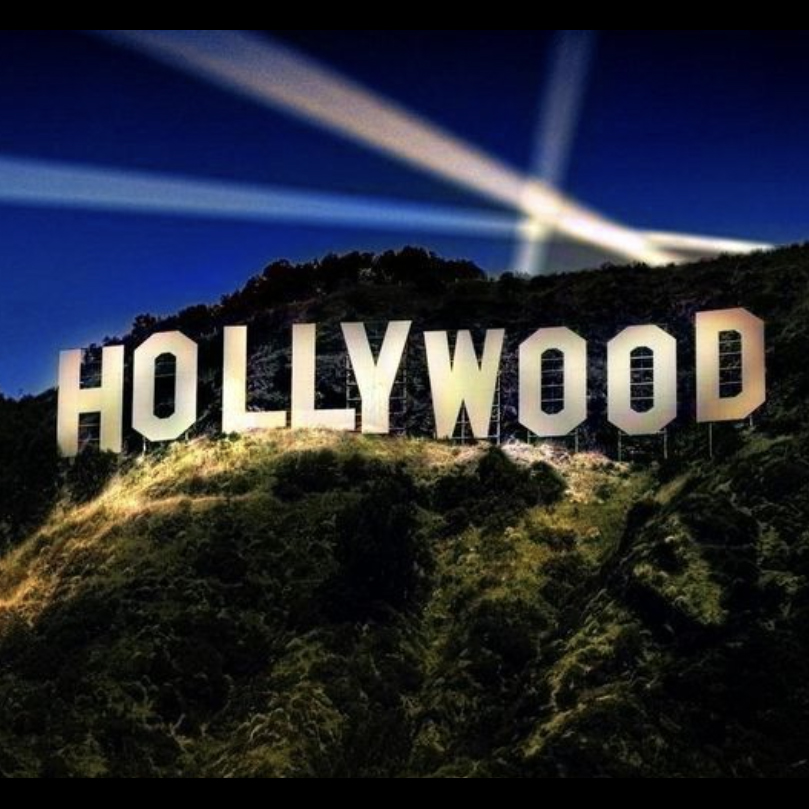
ARH 5806-06 Golden Age Hollywood – Dr. Robert Neuman
Mondays 1:20-3:50 pm in WJB 2038
Major area: Modernities and Modernisms, Visual Cultures of the Americas (VCA)
This seminar on Golden Age Hollywood analyzes how the Studio System impacted filmmaking from the 1930s to the early 1950s. The course examines how factory-like studio production and set-design practices contributed to the distinct narratives and aesthetic of different movie genres. A key focus is the role of cinema in defining American values during a period of significant social and economic change.
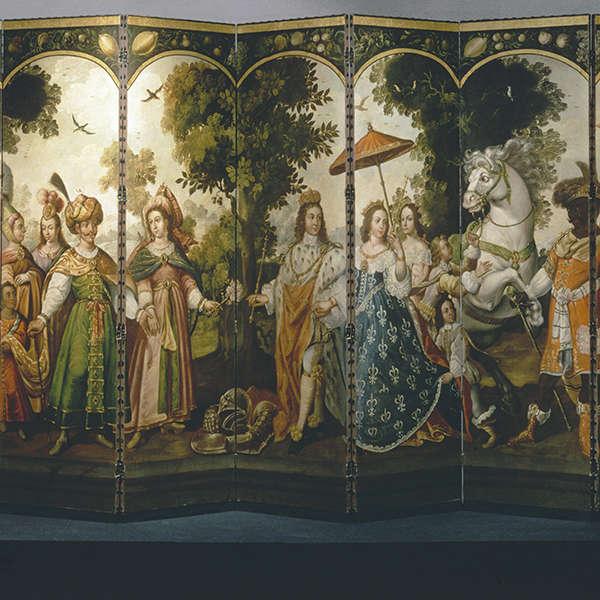
ARH 5806-07 Artists and Makers in the Ibero-American Baroque – Dr. Paul Niell
Thursdays 9:45 am – 12:15 pm in WJB 2038
Major area: Modernities and Modernisms, Visual Cultures of the Americas (VCA)
This seminar challenges the notion that the artist in the Spanish empire was a passive or anonymous figure, a perspective often imposed by an uncritical application of Giorgio Vasari’s Eurocentric frameworks to colonial art production. Focusing on the long seventeenth century, this course engages with a vibrant new scholarship in Colonial Latin American art history that resuscitates artist biography and uses it to address social, political, and cultural questions in the American viceroyalties.
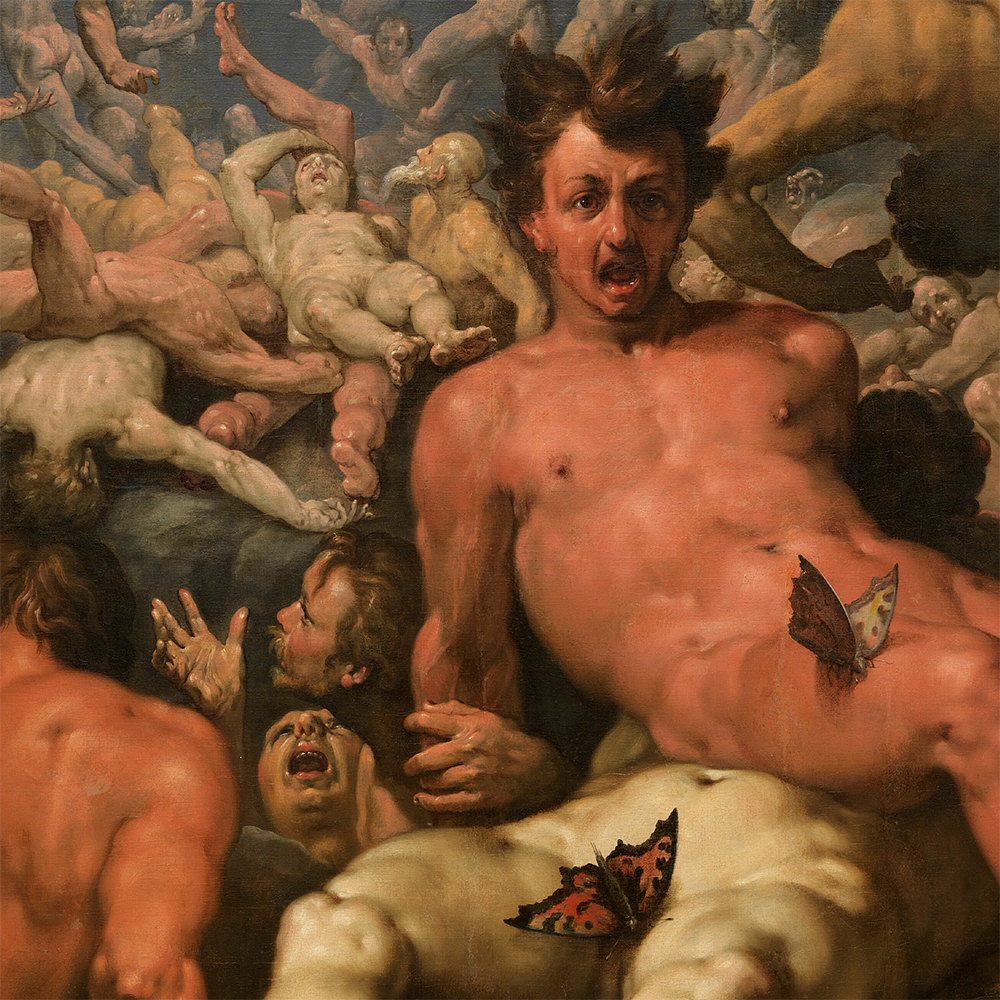
ARH 5806–08 The Baroque Body – Dr. Lorenzo Pericolo
Thursdays 4:50 - 7:20 pm in WJB G041
Major area: Modernities and Modernisms
In the early modern arts, the representation of the human body plays a substantial role. Defined as a microcosm modeled upon the example of the macrocosm (the universe), the human body encapsulates an ideal notion of perfection rooted in the natural world, reflected in medicine and the sciences, and understood as normative for painting, sculpture, and architecture. In particular, artists construed the human body as idealized nature: a nature that does not exist in the physical realm, that transcends it, and that needs to be restored to its pristine, divine form. Baroque painters and sculptors, from Caravaggio to Rubens, from Bernini to Velázquez and Rembrandt, were familiar with this interpretation of the human body, but, through differing strategies and with different goals, they ended up denaturing it. This course aims to explore the ways in which this transgression of the human body was developed and implemented between 1580 and 1660.
Recurring Foundation Courses
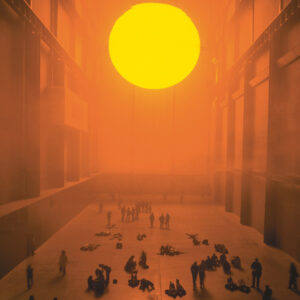
ARH 5838-01 Museum Object – Prof. Grace Ali
Tuesdays 1:20 – 3:50pm in WJB G041
Required for all first-year MCHS students on the Tallahassee track. Students on the Ringling track will take Museum Object at the Ringling in Year 2.
This course covers the philosophy and practice of acquiring the museum object; the processing of the object in an institutional setting; research methods and interpretation; philosophy in methods of presenting the object and its interpretation through exhibition and display; and various forms of publications and dissemination.
Interested in courses outside of the Department of Art History/College of Fine Arts?
(Only available to students after demonstration of successful academic progress in their first semester in the program.)
On a limited basis, students may request to take courses outside of those offered by the Department of Art History. Permission from the Director of Graduate Studies or Director of MCHS, as appropriate, will be required in order to ensure that the course will be credited toward your degree.
Students on a graduate assistantship must request Dean’s permission to use tuition waivers to cover a course outside of the college. Permission from the College of Fine Arts is not guaranteed. The college is much more likely to allow waivers to cover a course within the college, for example, in Art Education.
Contact Emily Johnson (etjohnson@fsu.edu) to discuss your request and initiate the approval process.